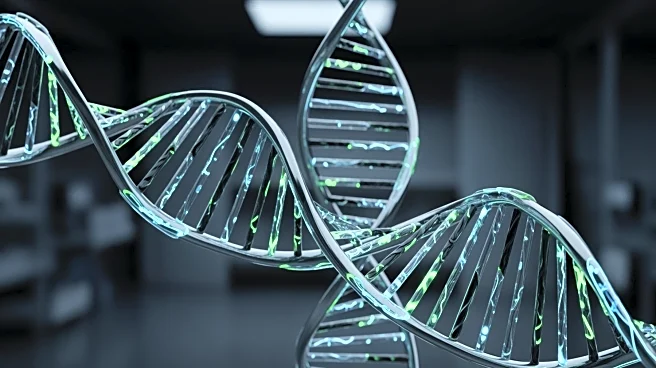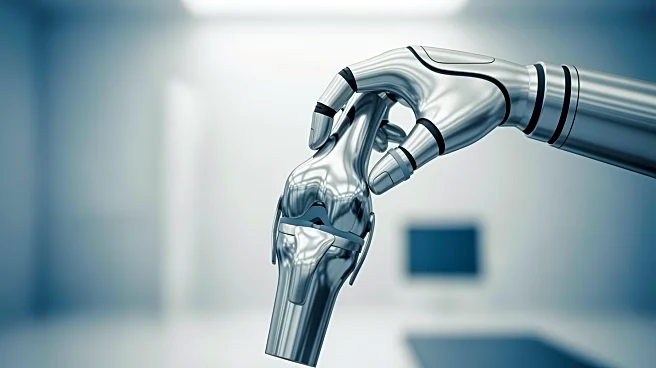What's Happening?
Recent studies have focused on the computational modelling of hollow fibre haemodialysers, exploring current methodologies and future directions. These models are crucial for understanding the flow dynamics
and solute transport within haemodialysers, which are essential for dialysis treatment. The research highlights two main modelling approaches: heterogeneous single-fibre models and pseudo-homogeneous porous media models. These models help simulate the blood and dialysate flow, providing insights into the efficiency of solute clearance. The studies emphasize the importance of coupling blood-membrane-dialysate properties to improve dialysis outcomes. Additionally, modifications in dialyser design and operating conditions, such as module vibration and inlet manifold design, are being explored to enhance performance.
Why It's Important?
The advancements in computational modelling of haemodialysers are significant for the medical field, particularly in improving dialysis treatment for patients with kidney failure. By understanding the flow dynamics and solute transport, researchers can optimize dialyser designs to enhance efficiency and patient outcomes. These models provide a framework for testing new designs and operational modifications, potentially leading to more effective and personalized treatment options. As the demand for dialysis increases, these innovations could reduce treatment costs and improve accessibility, benefiting both healthcare providers and patients.
What's Next?
Future research will likely focus on refining computational models to better simulate real-world conditions and improve accuracy. Collaboration between researchers and medical device manufacturers could lead to the development of novel dialyser designs that incorporate these findings. Additionally, regulatory bodies may update standards to reflect advancements in modelling techniques, ensuring that new devices meet safety and efficacy requirements. As technology evolves, there may be opportunities to integrate AI and machine learning into these models, further enhancing their predictive capabilities.












